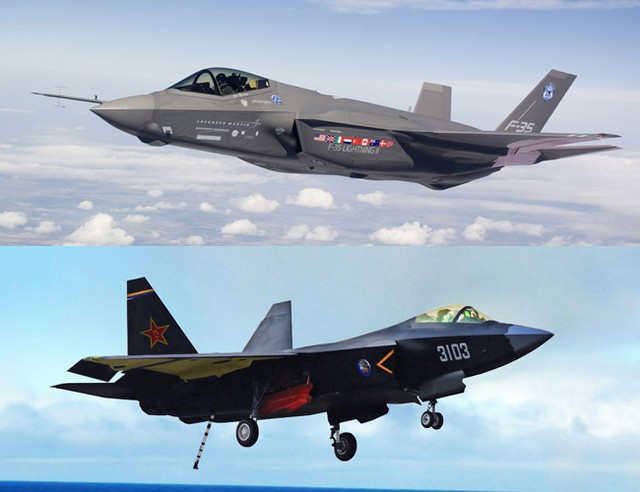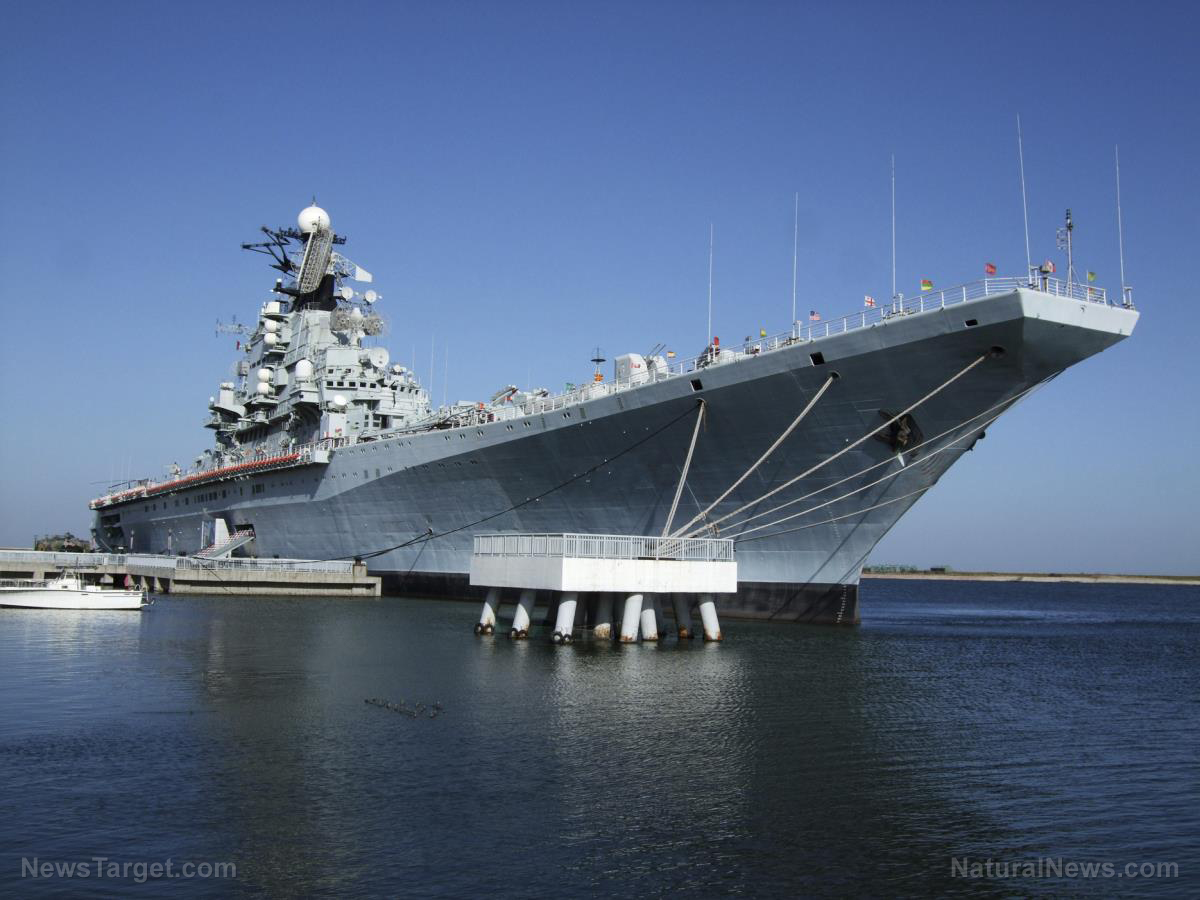Military could benefit from portable, truck-sized nuclear reactors
07/29/2020 / By Ethan Huff

With an ever-expanding array of electricity-hungry equipment, the United States military is reportedly grappling with how to keep these things powered. And one possible solution is truck-sized nuclear reactors, which have the potential to revolutionize the way our brave men and women go about engaging enemy forces on the battlefield.
Several prototype nuclear reactors, which we have reported on in the past, are currently in development. Experts have indicated that at least one of them could be the solution that the Department of Defense needs in order to retire its existing outmoded technologies.
“The Defense Department currently relies largely on diesel-power generators to fuel forward and remote operating bases, which require usually complex logistical supply tails,” says Patty-Jane Geller, a fellow at the Heritage Foundation, as quoted by The Epoch Times.
“This was a problem during the conflict in the Middle East: our fuel lines and logistical tails became easy targets.”
While many other aspects of military outfits are heavily scrutinized, power generation is often overlooked or simply taken for granted. This is a dangerous position to be in, the experts warn because someday soon our servicemembers could be left high and dry without the electricity they need to win the battle.
“Energy – the way that the military powers its fight – is something that’s often overlooked and usually taken for granted,” Geller adds. “But as we move on to great power competition, this is something that Congress will need to look at down the road, as technology advances.”
Are nuclear mini-reactors the wave of the future?
Just like the old days when the U.S. was forced to compete with other superpowers like Russia and China for the best weapons technologies and other advancements, our nation today is in desperate need of an energy breakthrough, particularly when it comes to national defense.
In the 2018 National Defense strategy, the need for new energy production methods was brought up. And just a few months ago in March, the Strategic Capabilities Office (SCO) announced that some solutions are finally on the way, thanks to three new contracts that have been awarded as part of a competition to create a nuclear microreactor prototype, known as Project Pele.
“The United States risks ceding nuclear energy technology leadership to Russia and China,” announced Jay Dryer, director of the SCO. “By retaking technological leadership, the United States will be able to supply the most innovative advanced nuclear energy technologies.”
Pele reactors will supposedly have the capacity to generate between 1 and 10 megawatts of power, which is enough to power between 650 and 6,500 homes. And they will be small enough to fit inside a ship or aircraft, or even off the back of a truck.
In order to be safe and effective, these mini-reactors will have to be able to be installed within just three days and shut down within seven, all while posing no net increase in risk.
These reactors will “support a variety of Department of Defense missions, such as generating power for remote operating bases.” They could also be used for disaster relief, as well as to help reduce the cost of investing in new power infrastructure.
The devices will also be beneficial at military installations located here in the U.S., helping the military to avoid having to connect to the national grid, which could get interrupted by cyberattacks.
“Right now, forward operating bases – like you’d see in Iraq or Syria or Afghanistan, or in even Djibouti – are generally off the power grid. Or rather, there is no power grid,” says Bryan Clark, a senior fellow at the Hudson Institute, about another serious vulnerability.
“So they have to use diesel generators to generate all their power, which means you’ve got a fuel supply that has to be provided to them from somewhere else.”
To learn more about the advancement being made in energy production, visit Discoveries.news.
Sources for this article include:
Tagged Under: energy, military, mini-reactors, nuclear, technology
RECENT NEWS & ARTICLES
COPYRIGHT © 2018 MILITARYTECH.NEWS
All content posted on this site is protected under Free Speech. MilitaryTech.news is not responsible for content written by contributing authors. The information on this site is provided for educational and entertainment purposes only. It is not intended as a substitute for professional advice of any kind. MilitaryTech.news assumes no responsibility for the use or misuse of this material. All trademarks, registered trademarks and service marks mentioned on this site are the property of their respective owners.




















